The retinal-implant manufacturer has shifted its focus, leaving users with little or no support.
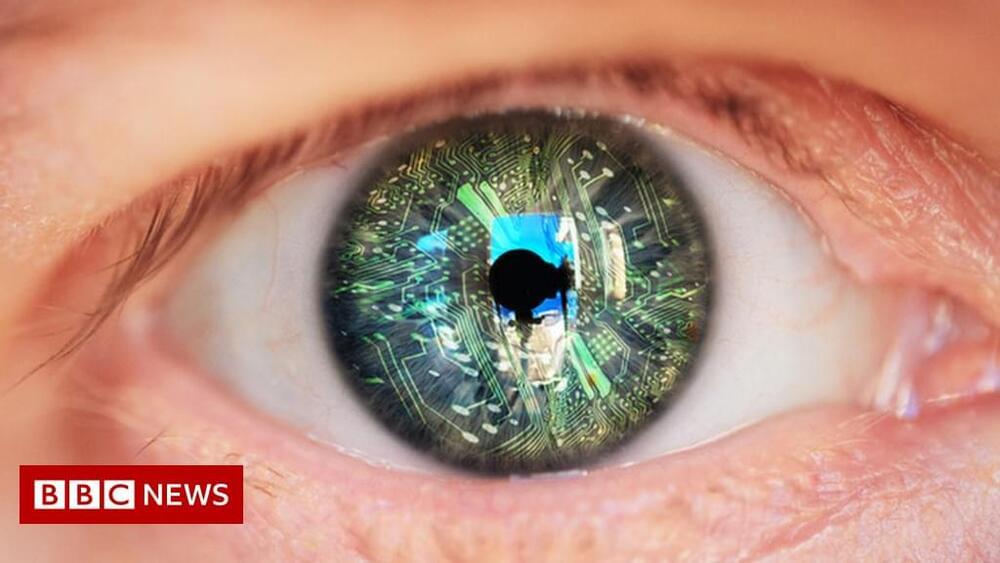

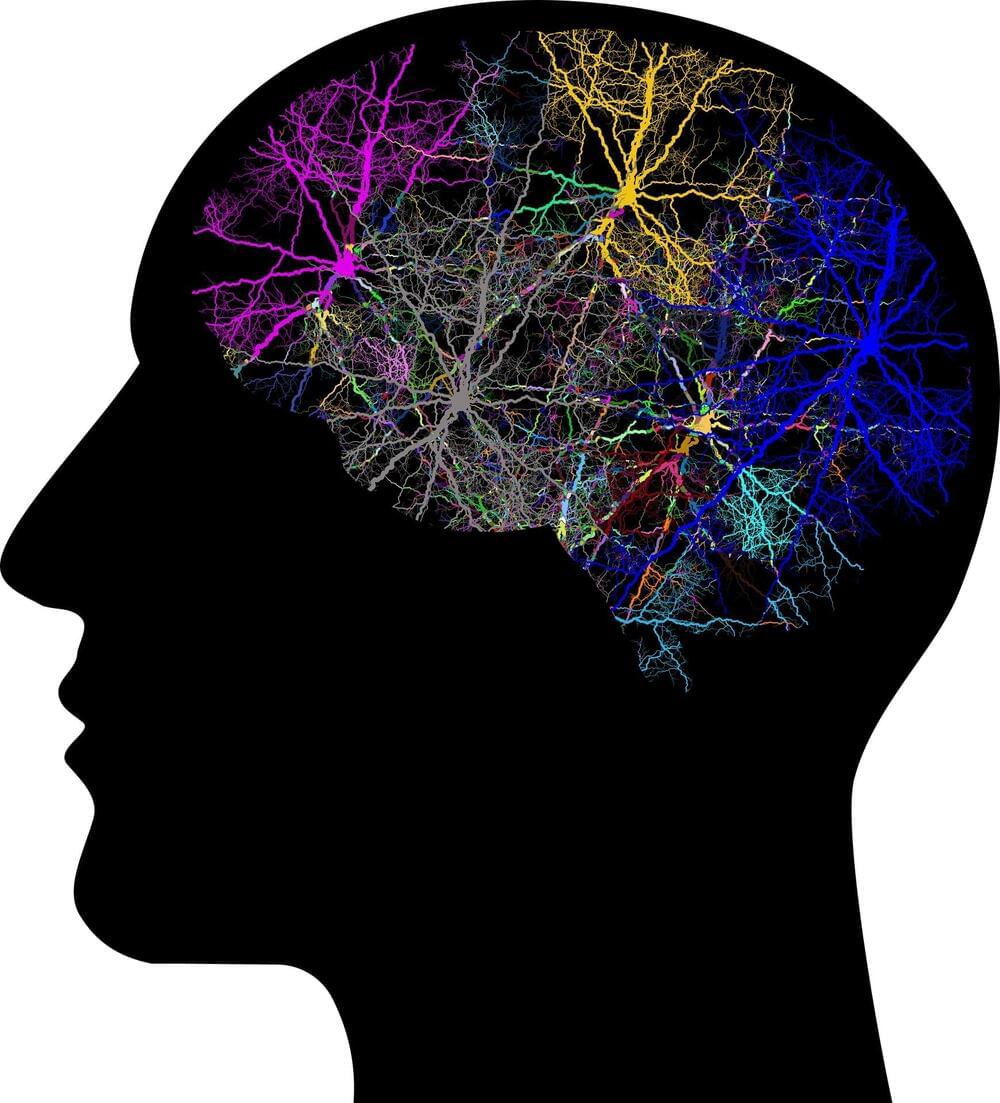
For something so small, neurons can be quite complex—not only because there are billions of them in a brain, but because their function can be influenced by many factors, like their shape and genetic makeup.
A research team led by Daifeng Wang, a Waisman Center professor of biostatistics and medical informatics and computer sciences at the University of Wisconsin–Madison, is adapting machine learning and artificial intelligence techniques to better understand how a variety of traits together affect the way neurons work and behave.
Called manifold learning, the approach may help researchers better understand and even predict brain disorders by looking at specific neuronal properties. The Wang lab recently published its findings in two studies.

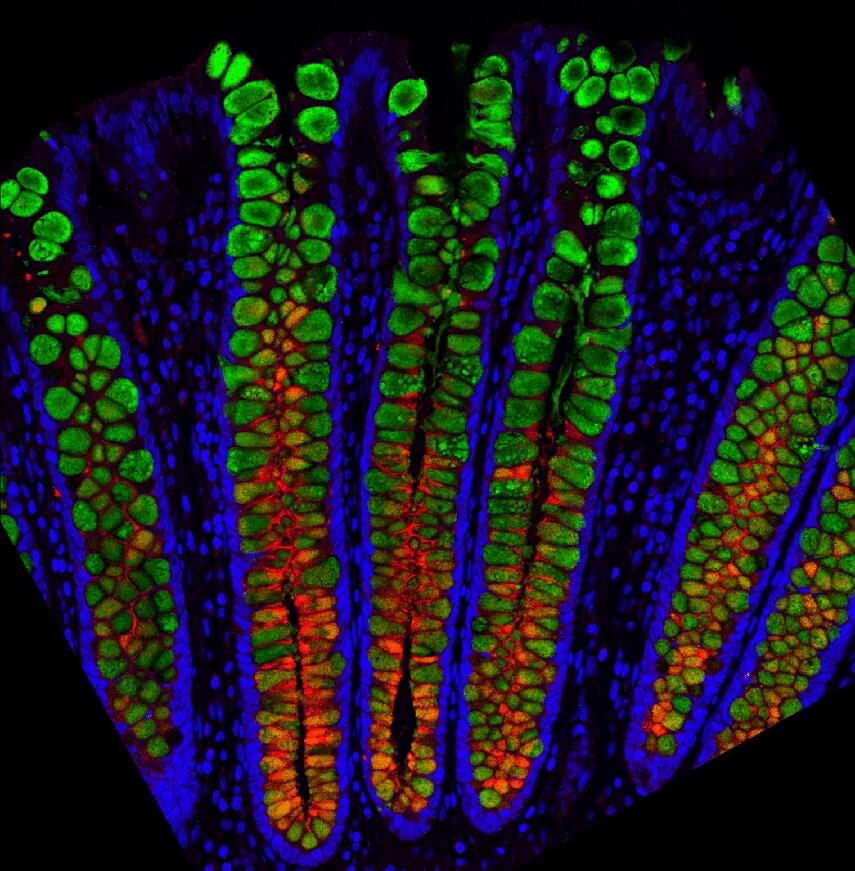
If you get nervous, you might feel it in your gut. If you eat chili, your gut might revolt, but your friend can eat anything and feel great. You can pop ibuprofen like candy with no ill effects, but your friend’s belly might bleed and might get no pain relief. Why is this? The quick answer is because we’re all different. The next questions are how different exactly, and what do these differences mean for health and disease? Answering these is much more difficult, but the UNC School of Medicine lab of Scott Magness, Ph.D., is revealing some interesting scientific answers.
For the first time, the Magness lab used entire human GI tracts from three organ donors to show how cell types differ across all regions of the intestines, to shed light on cellular functions, and to show gene expression differences between these cells and between individuals.
This work, published in Cellular and Molecular Gastroenterology and Hepatology, opens the door to exploring the many facets of gut health in a much more precise manner at greater resolution than ever before.
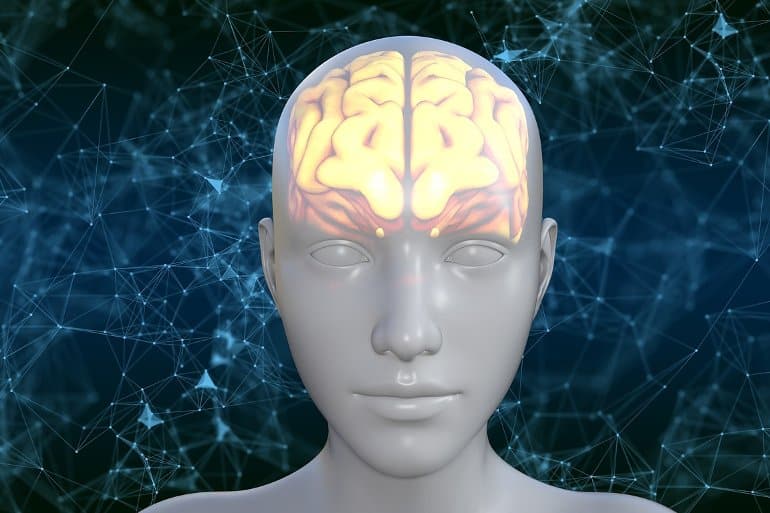
Summary: A new ethical framework proposes researchers should already assume brain organoids already have consciousness, rather than waiting for research to confirm they do.
Source: Kyoto University.
One way that scientists are studying how the human body grows and ages is by creating artificial organs in the laboratory. The most popular of these organs is currently the organoid, a miniaturized organ made from stem cells. Organoids have been used to model a variety of organs, but brain organoids are the most clouded by controversy.

TOKYO, Feb 15 (Reuters) — Japan’s economy rebounded in the final three months of 2021 as falling coronavirus cases helped prop up consumption, though rising raw material costs and a spike in new Omicron variant infections cloud the outlook.
Bank of Japan Governor Haruhiko Kuroda also highlighted escalating tensions in Ukraine as a fresh risk to the central bank’s forecast for a moderate economic recovery.
The world’s third-largest economy expanded an annualised 5.4% in October-December after contracting a revised 2.7% in the previous quarter, government data showed on Tuesday, falling short of a median market forecast for a 5.8% gain.
Improving Lives Curing Type 1 Diabetes (T1D) — Dr. Sanjoy Dutta, Ph.D. — Chief Scientific Officer, JDRF
Dr. Sanjoy Dutta, PhD, is the Chief Scientific Officer at JDRF International (https://www.jdrf.org/) a nonprofit organization that funds Type 1 Diabetes (T1D) research, provides a broad array of community and activist services to the T1D population, and actively advocates for regulation favorable to medical research and approval of new and improved treatment modalities.
Dr. Dutta oversees all of JDRF’s efforts to cure Type 1 Diabetes and improve the lives of those living with it, which includes beta cell therapies, immunotherapies, glucose control and related disease complications. He is also responsible for international partnerships with world-leading government, non-government, foundation and commercial organizations. Dr. Dutta joined JDRF in 2009.
Prior to coming to JDRF, Dr. Dutta was the Associate Director of Translational Medicine and Clinical Biomarkers at Bristol-Myers Squibb, and Principal Scientist of Cardiovascular and Metabolic Diseases at Hoffmann-La Roche.
Dr. Dutta obtained his doctorate from the department of biochemistry and molecular biology at the University of Southern California and was a JDRF Postdoctoral Fellow in the department of cell biology and the Joslin Diabetes Center at Harvard Medical School.
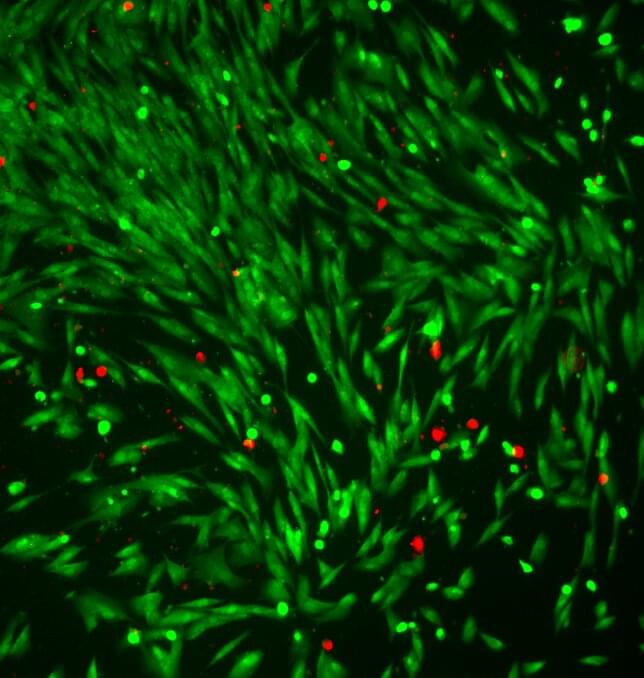
In recent years, scientists have introduced a wide variety of robots of all shapes and sizes. Among these are microswimmers, carefully engineered microstructures that can move in water and other liquids.
Microswimmers could have numerous interesting applications, for instance allowing doctors to deliver drugs to targeted regions inside the human body, or scientists to introduce specific substances in water-based environments. While some of these robotic systems achieved remarkable results, most of them were found to be unable to efficiently move inside the human body.
Researchers at the Max Planck Institute for Intelligent Systems (MPI-IS) have recently developed new light-driven microswimmers that could be more suited for navigating within biological systems, including body fluids. These microswimmers, introduced in a paper published in Science Robotics, are simple microparticles based on the two-dimensional (2D) carbon nitride poly(heptazine imide) or PHI.
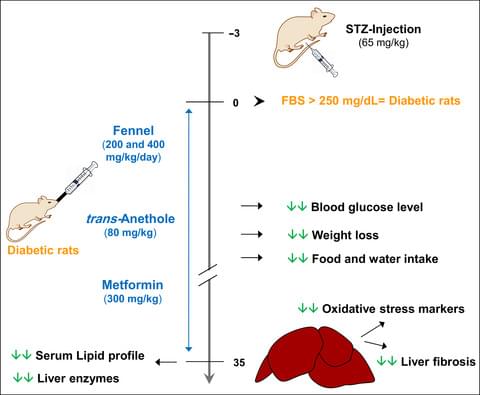
Hypoglycemic, anti-inflammatory, and antioxidant activities of fennel have been recorded in numerous investigations. The study aimed to evaluate the protective effects of fennel or its active component trans-Anethole (TA) on streptozotocin-induced liver injury in rats. Rats were injected with a single dose of STZ (65 mg/kg) and treated with fennel (200 and 400 mg/kg), TA (80 mg/kg), or metformin (300 mg/kg) for 35 days. Serum lipid profile and liver enzyme activity (aminotransferases), oxidative stress markers, and the degree of fibrosis in the liver tissue were assessed. Both fennel and TA decreased blood glucose levels, reduced liver enzyme activity, food, and water intake, and intensity of weight loss, reduced serum triglycerides (TG), total cholesterol (TC), low-density lipoprotein cholesterol (LDL-c), and increased high-density lipoprotein cholesterol (HDL-c). Additionally, fennel and TA significantly reduced MDA concentration while increased CAT activity and thiol content and reduced the degree of injury and fibrosis in the liver of diabetic rats. Our results suggest that fennel seed extract and its active compound TA are able to protect the liver against diabetes-induced hepatic injury in rats, probably via hypoglycemic and antioxidant effects.
The effects of fennel seed extract and its active compound trans-Anethole were investigated in the STZ-induced liver injury in rats. Both fennel and trans-Anethole effectively reduced blood glucose l…
The basics for tracking include blood biomarkers that have been studied for 50 – 100+ years, depending on the biomarker. Most of these biomarkers are commonly measured at a yearly physical, and are relatively cheap (35 $USD for the standard chemistry panel and complete blood count).